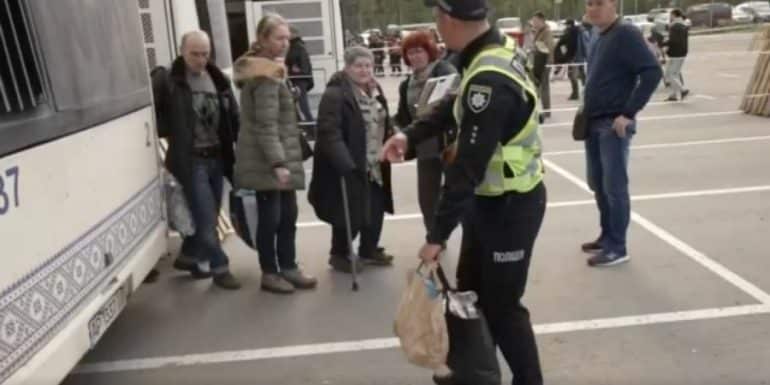Both the Russian military and Ukrainian forces are putting civilians at "unnecessary" risk by deploying troops in the heart of residential areas, such as an underground school or medical center, Human Rights Watch (HRW) said today.
"As the war rages on in Ukraine, civilians have been needlessly caught up in the fighting," HRW researcher Belkis Will said in a statement.
"Russian and Ukrainian forces should both avoid placing their troops among civilians and do everything they can to remove civilians from the surrounding area," he said.
The Observatory says it has documented four cases of Russian and three Ukrainian military bases being established in residential areas, unnecessarily endangering civilians.
"The attacks that followed against these bases killed and wounded civilians," the organization underlined, clarifying that it asked at least 50 residents of seven communities located in the Ukrainian regions of Chernihiv (north), Kharkiv (east) and Zaporizhia (south) and visited six of they.
Among the best-known cases cited by the Observatory is the village of Yakhidne (in the Chernihiv region) where the Russians held about 350 civilians for a month in the basement of a school near the front lines that they used as a military base.
For their part, Ukrainian forces established a base at a disease control center in a residential district of Pokotilyvka (in the Kharkiv region) without ensuring the removal of civilians from the area, the non-governmental organization claims.
When the Russians attacked the center on April 28, at least six civilians were injured and dozens of neighboring houses as well as the local school were damaged, according to the same source.
Russia invaded Ukraine on February 24, causing the exodus of millions of refugees, the death of tens of thousands of people, mainly in Mariupol, and massive destruction in the neighboring country.
Source: RES - EIA
